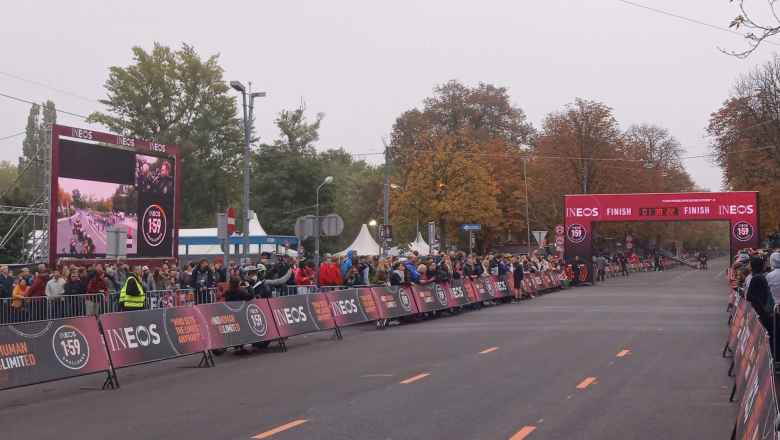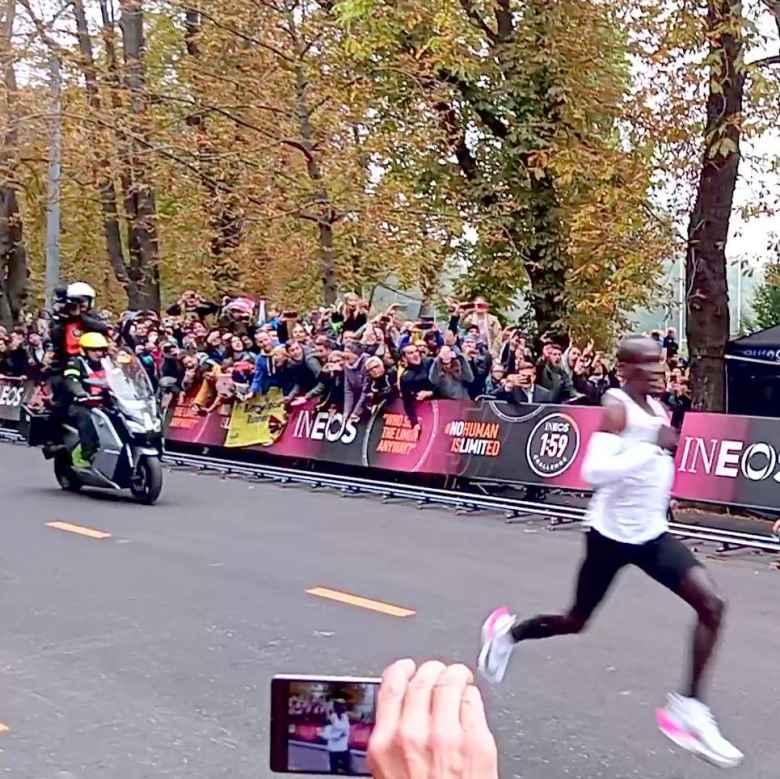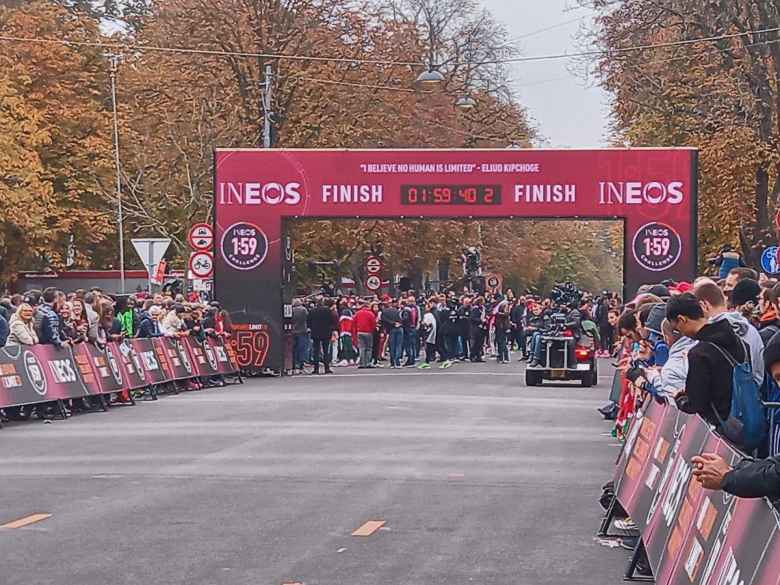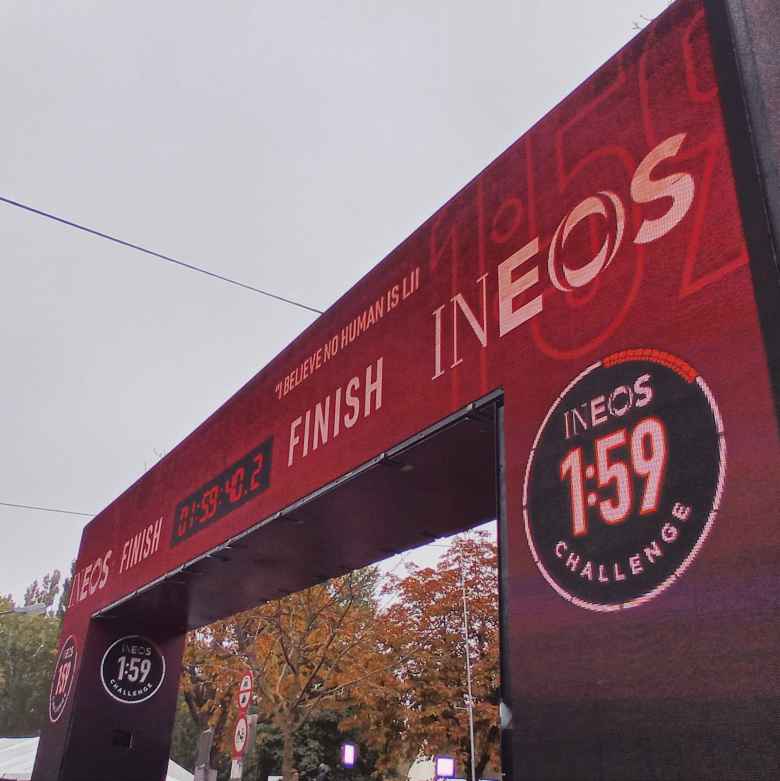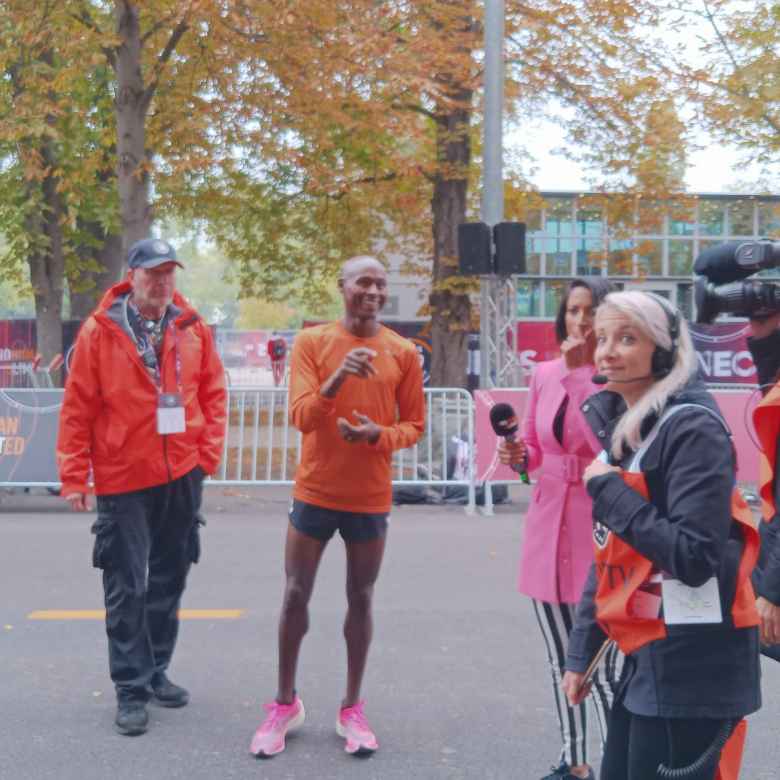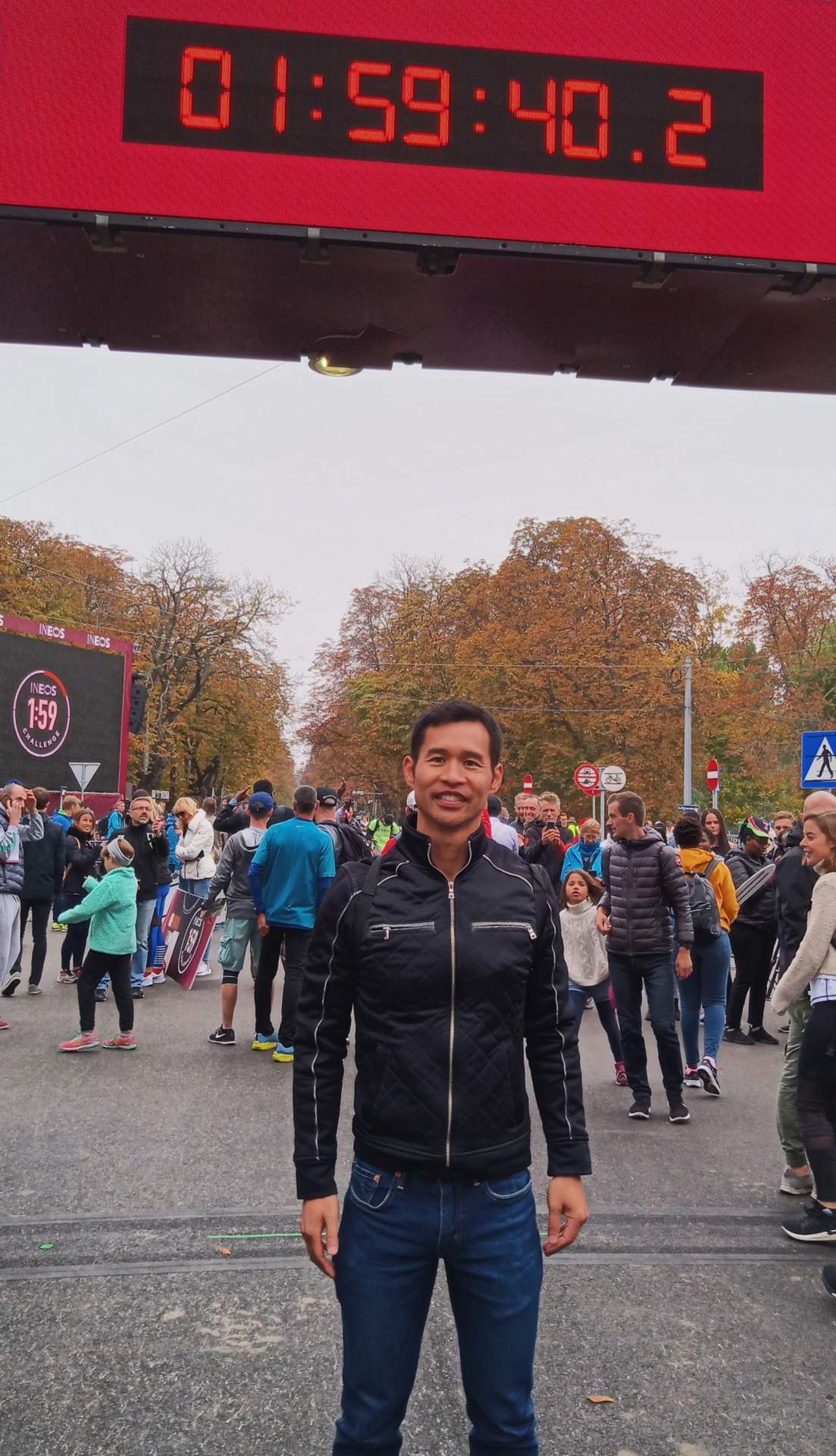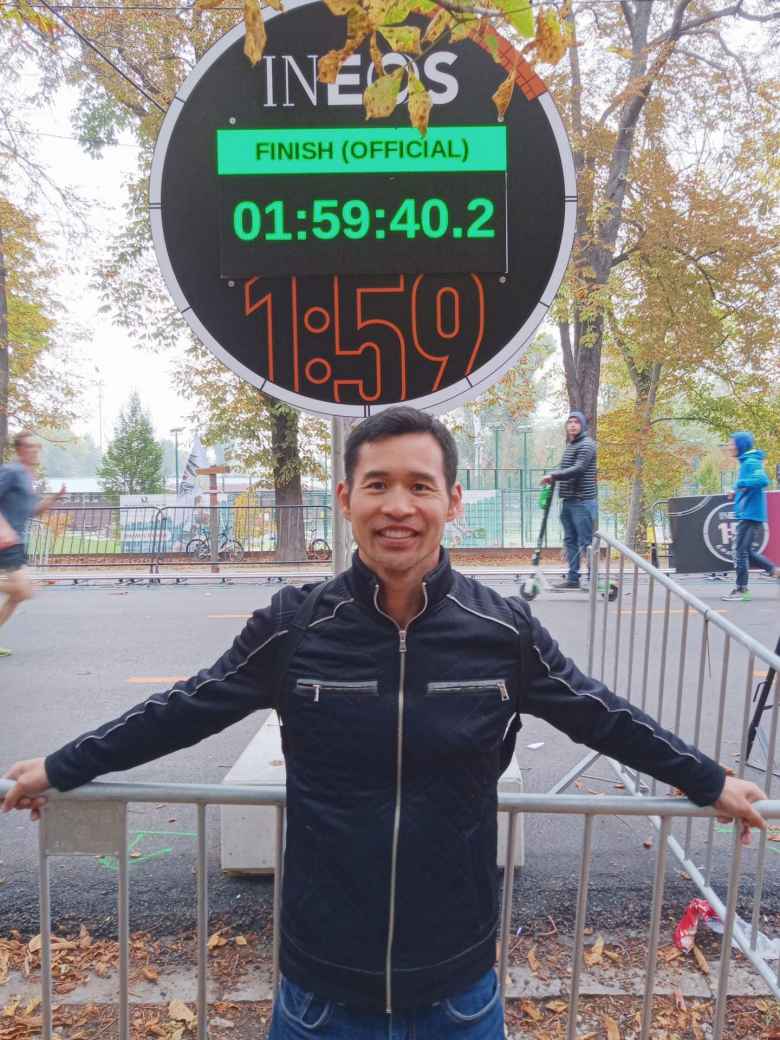Witnessing the World’s First Sub-2-Hour Marathon: INEOS 1:59 Challenge
When I heard that Eliud Kipchoge’s second attempt to become the first person to break the once seemingly impossible two-hour mark for a whole marathon was going to be held on a spectator-friendly course in Vienna, I knew this was something I wanted to see in person.
After all, this was the marathon’s equivalent of the fabled four-minute mile, something achieved 65 years ago by Roger Bannister and is still talked about today. For me, this was a much bigger deal than, say, the Denver Broncos making it to the Super Bowl. The first sub-two-hour marathon would be even more exciting than a total solar eclipse—at least those reoccur, even if it was 38 years for the last one to be seen from the United States. Even Kipchoge himself said this was way more important than the Olympics or even another world record (for which this time trial would not qualify for due to contrived conditions, including non-regulation use of pacers and hand-off of liquids).
So I booked a trip to Austria–a country I had never even been to before–and crossed my fingers that Kipchoge would be having a great day during the INEOS 1:59 Challenge. INEOS is a large British chemical company that also sponsored last year’s Tour de France-winning cycling team.
“I’d give him a 50-50 shot of going sub-2-hours,” I told my friends about Kipchoge before I left the U.S. I knew he was the current world-record holder, defending Olympic gold medalist, and of course, the man who had gotten closest to that magical two-hour barrier with an incredible time of 2:00:25 in Nike’s private 2017 Breaking2 event. But I was also aware that everything would have to go perfectly, something that is a rarity in a running race that is 26.2 miles long.
A coin-flip chance was also a lot higher than what academics were predicting just a few years ago:
Just how likely was this? When researchers from Australia crunched data from marathon world records over the past 60 years, they concluded that there was a 10 percent likelihood that the two-hour mark would fall in May of 2032, and just a 5 percent chance it would happen by 2024.
Source: Runner’s World
To control the variables as much as possible, a worldwide search was done for the “optimal” place for the INEOS 1:59 Challenge. Prater Park in Vienna was chosen due to being virtually perfectly flat, at sea level where oxygen is more available than at altitude, lined with trees that would help block any wind gusts and block the sun, and was not too many time zones away from Kipchoge’s residence in Kenya so that he would not suffer from jet lag. The tentative date was scheduled for October 12, but if weather was not optimal (defined as something like between 8-12 degrees Celsius and no wind), it could be pushed as far forward as October 20.
The October 12 date was confirmed a couple weeks after I booked a one-way flight, but the start time of 8:15 a.m. was not decided until the afternoon of October 11 when I was going for a run on the time-trial course myself.
I was mentally prepared for an earlier (like 5:00 a.m.) start, but apparently the later race time was decided upon as to maximize the number of spectators to cheer on Kipchoge. That was a good idea considering how literally every person I talked to in Vienna the day before the event did not know what was going on. Several tourists in Prater Park asked me to explain its significance.
On race morning I woke up at 6:00 to walk over to the park and secure a good viewing spot at 6:50 a.m. Even at that time it didn’t look like there were many spectators. But within an hour, it was clear there were thousands.
The moment the clock turned 8:15 a.m…. Kipchoge was off and running with his pacers! Over the next couple hours, he ran by eight times on this 4.4-lap course. Despite clicking off each kilometer in 2:50 (4:34/mile), his effort looked effortless. His pacers, which included many running legends including multiple American record-holder Bernard Lagat, did too.
I managed to capture each pass on this video:
Of course, the very last pass was the most exciting of all!
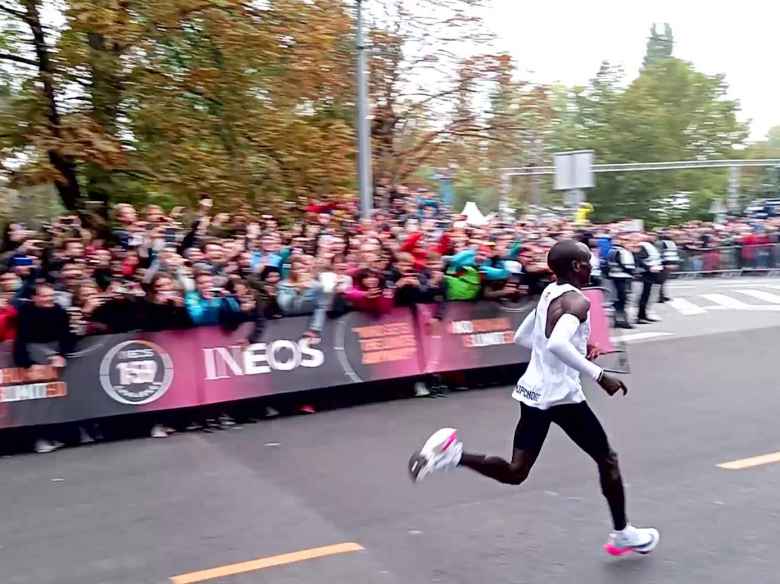
As he blazed by me for the final time, I felt an overwhelming sense of awe and inspiration. Kipchoge’s achievement was a testament to the human spirit and its boundless potential. At the moment, I was completely convinced that Eliud’s and INEOS’ tagline of no human is limited was completely true. As Kipchoge crossed the finish line in 1:59:40, I yelled at the top of my lungs in glee, along with the large crowd of supporters. The sight of him crossing the finish line triumphant was truly moving, and Prater Park had become Party Central.
When I impulsively bought a plane ticket to Vienna, I knew that it was far from guaranteed that Kipchoge would achieve something no human had ever accomplished and was inconceivable just a few years ago. As it turned out, optimism—and Kipchoge—won the day. This was one of the most inspiring things I had ever seen, a man-on-the-moon moment for my generation of marathon maniacs. Witnessing history being made filled me with a sense of pride and provided me with even more resolve to push myself to achieve my own goals.
Update October 12, 2023 (Four Years Later)
There’s a documentary released by Universal Studios called Kipchoge: The Last Milestone that chronicles Eliud’s audacious feat. I’m in the movie a few times!
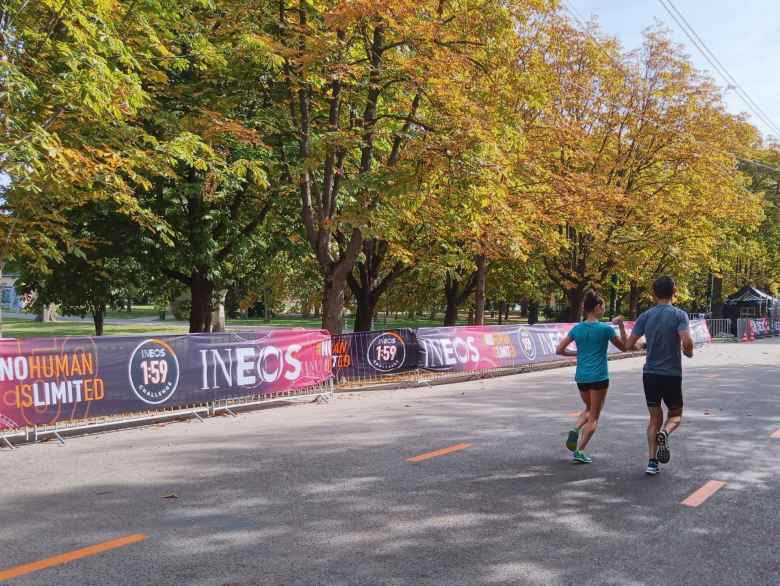
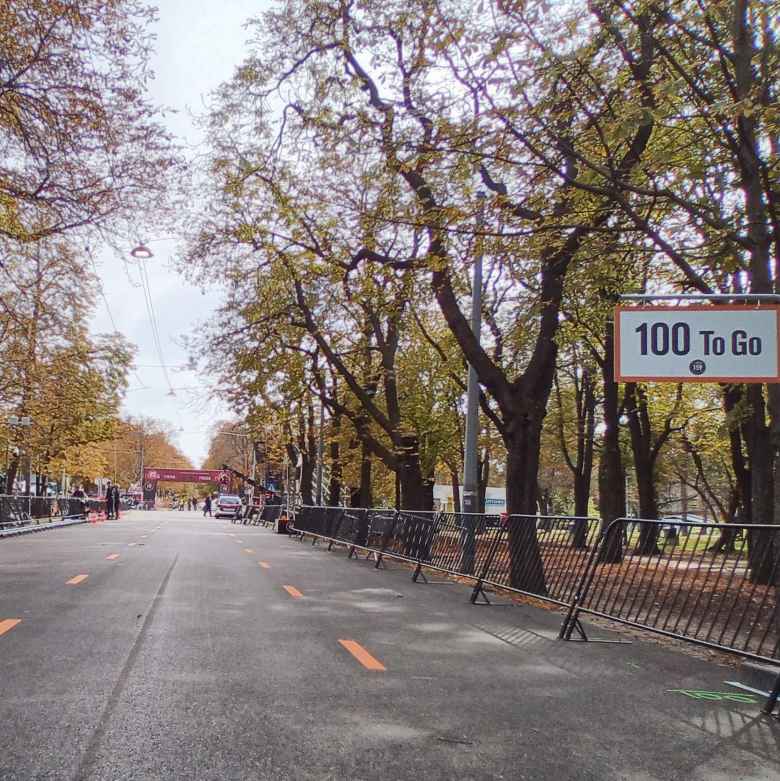
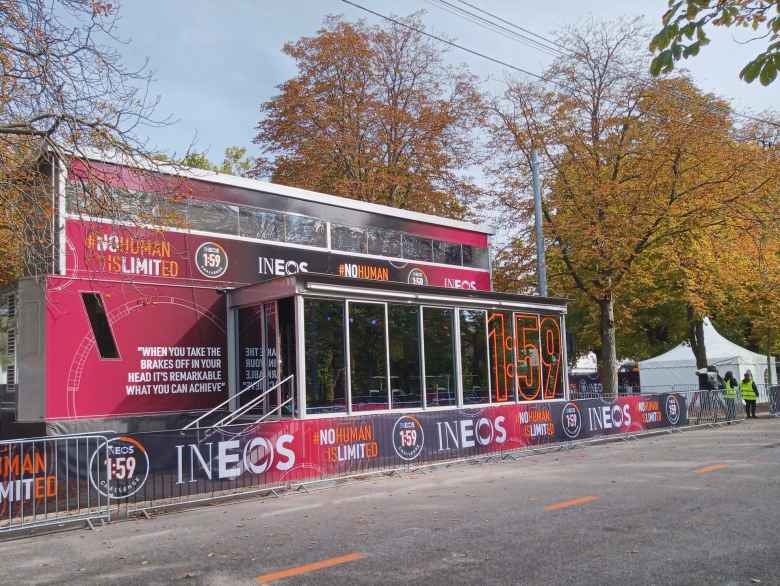
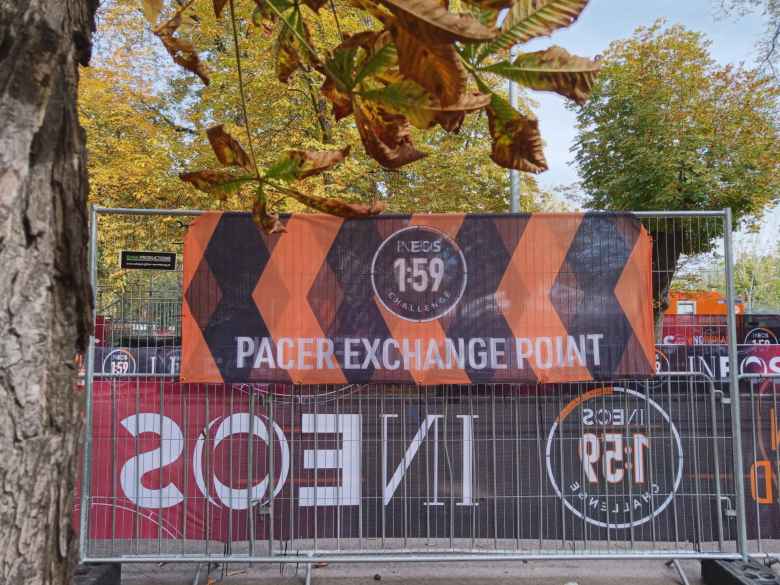
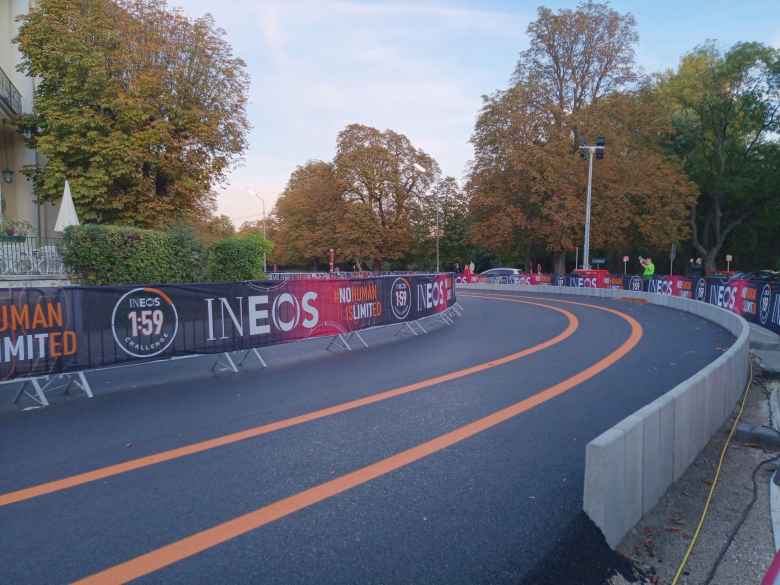
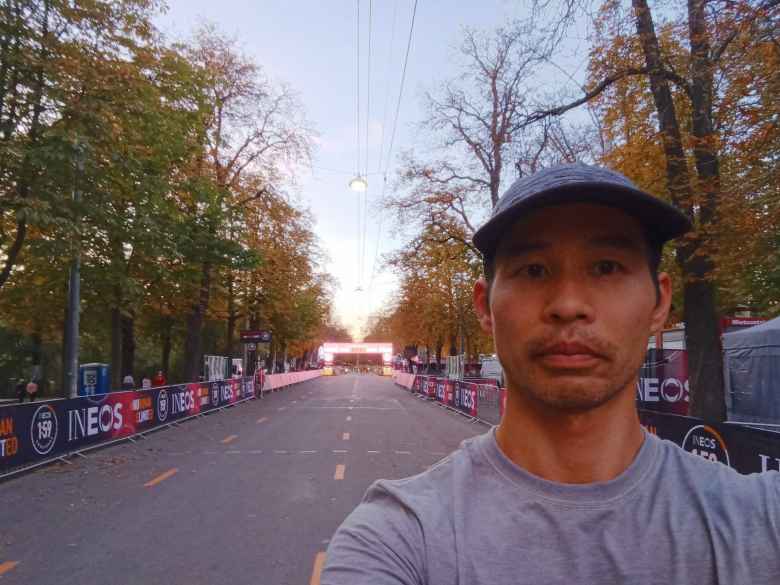
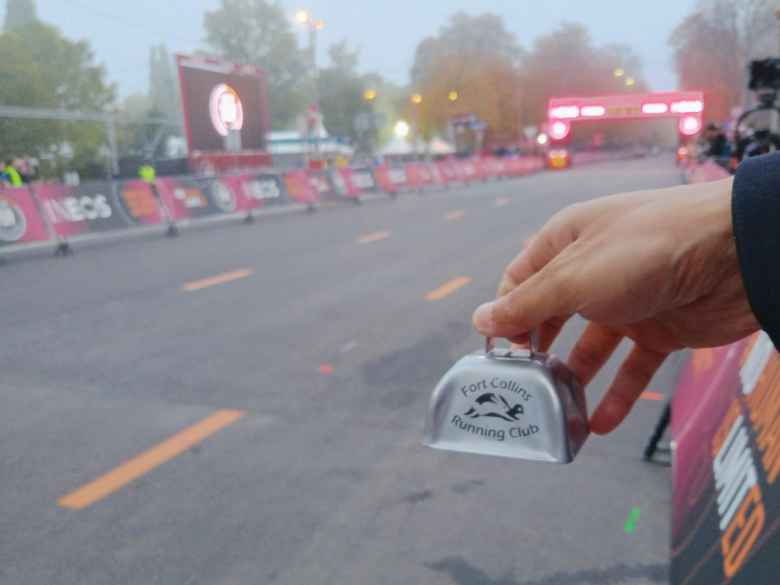
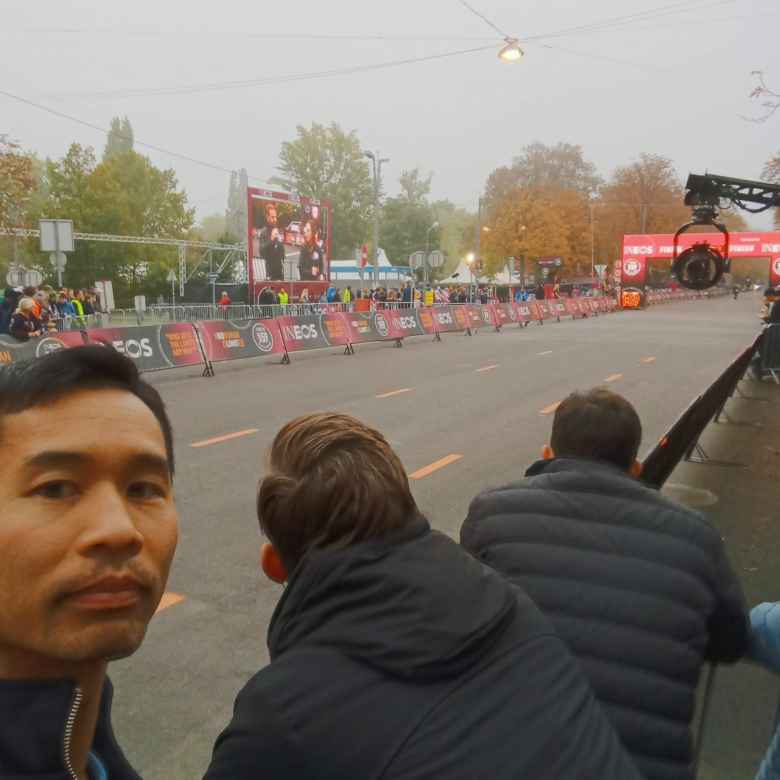
![Directly across from where I was standing, there were spectators wielding large banners that said, "Go Eliud Go, Vienna [loves] U" and "Eliud you are my personal hero."](https://felixwong.com/gallery/thumbs/i/ineos-159-challenge-2019-009.jpg)

